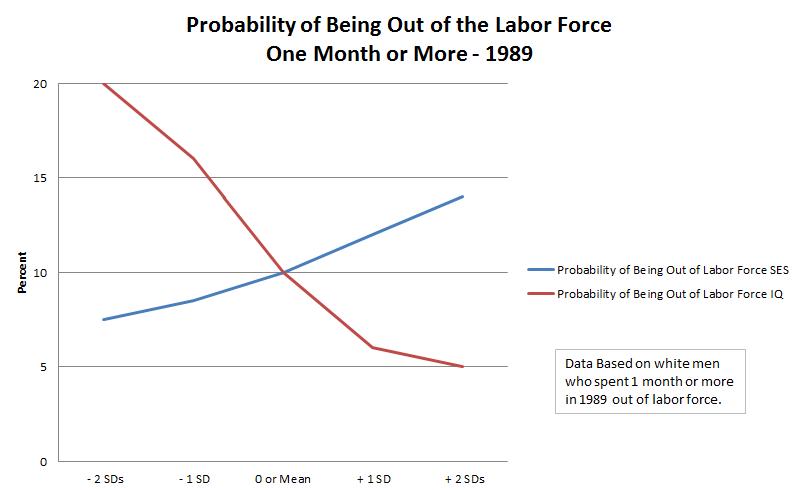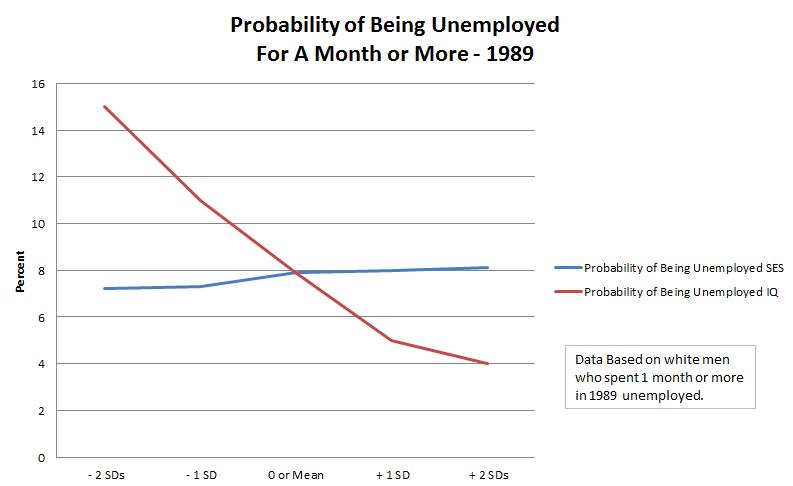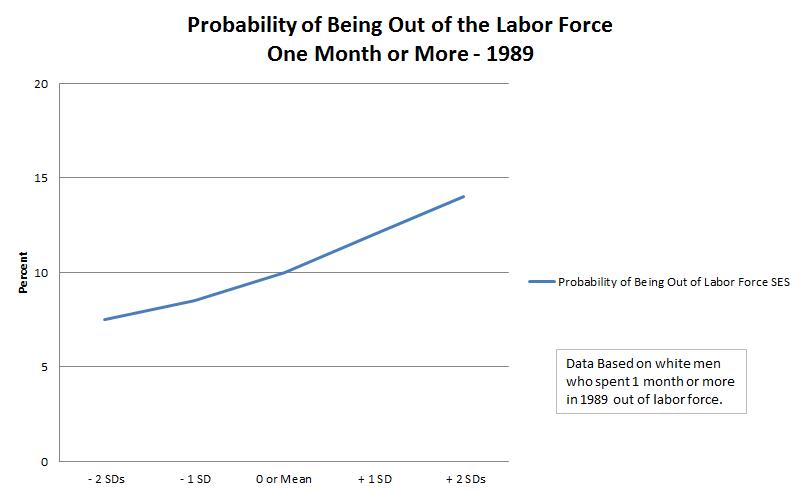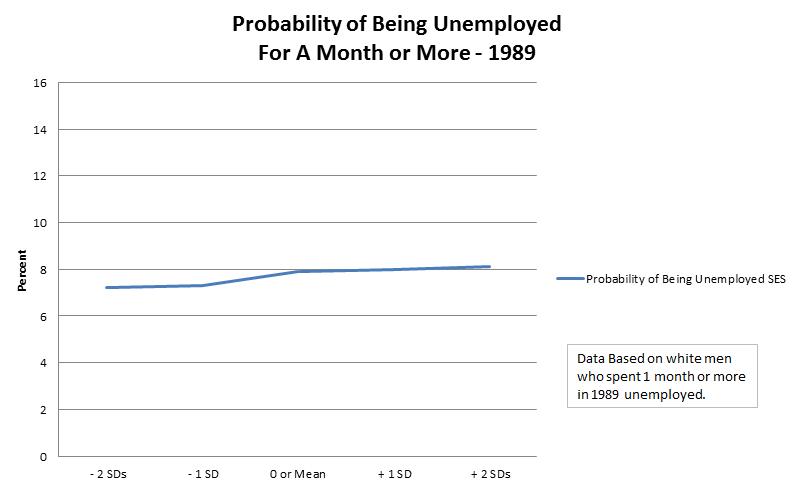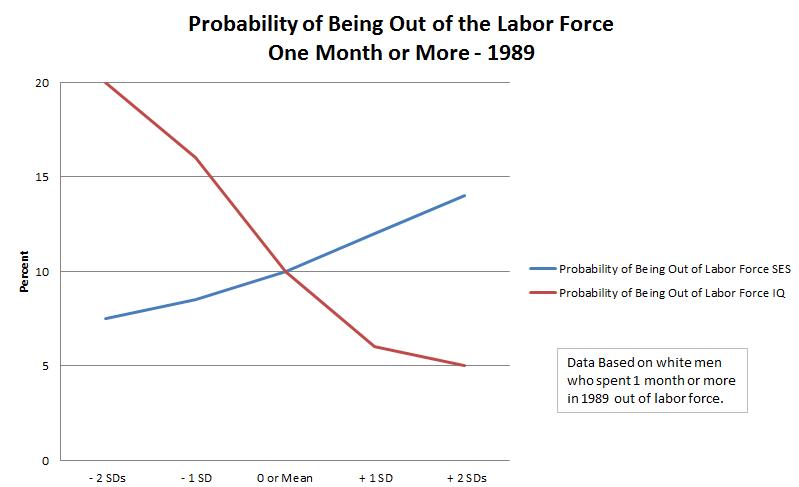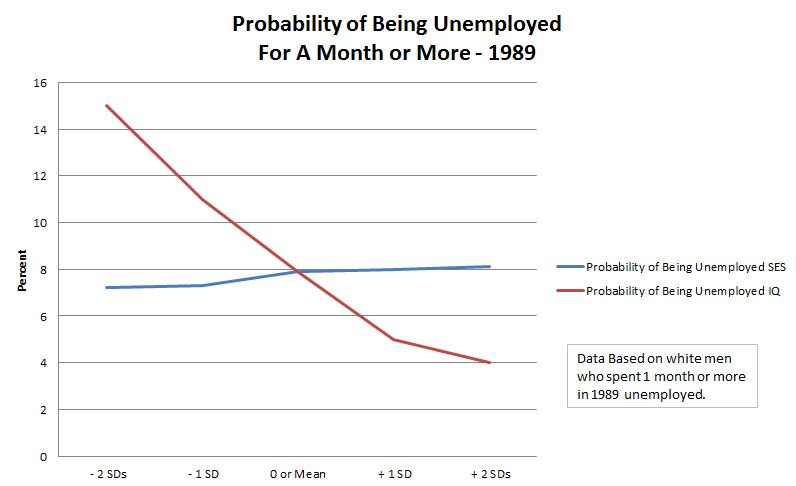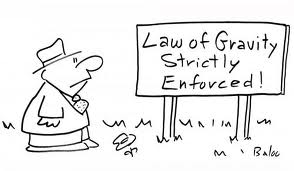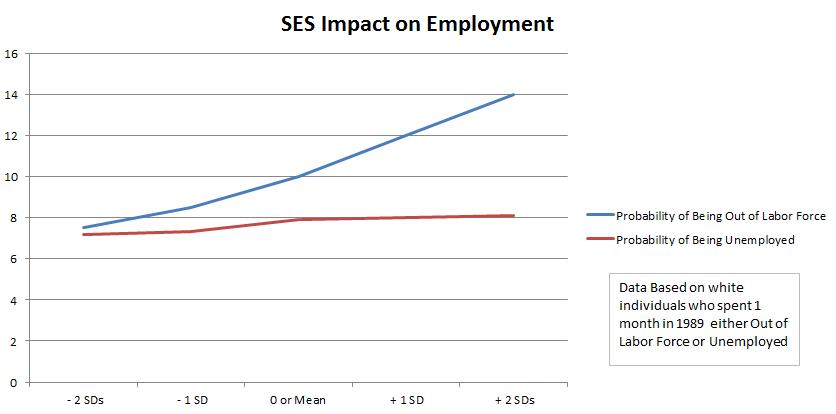 The argument has long been, “The rich get richer while the poor get poorer.”
The argument has long been, “The rich get richer while the poor get poorer.”
There are two problems with the statement:
- The people who make up the poor and who make up the rich change over time. This is especially true when rich and poor are defined by wages only.
- This argument never takes into account “externalities”
For example, the argument never admits that we are looking at families and not individuals. As such, it would be valuable to look at how families are changing over time. But we never get that.
Additionally, it would be important to look at education and how it has changed over time. Again, nothing.
But today we have a new report that provides insight:
WASHINGTON — The gap in employment rates between America’s highest- and lowest-income families has stretched to its widest levels since officials began tracking the data a decade ago, according to an analysis of government data conducted for The Associated Press.
Rates of unemployment for the lowest-income families — those earning less than $20,000 — have topped 21 percent, nearly matching the rate for all workers during the 1930s Great Depression.
U.S. households with income of more than $150,000 a year have an unemployment rate of 3.2 percent, a level traditionally defined as full employment. At the same time, middle-income workers are increasingly pushed into lower-wage jobs. Many of them in turn are displacing lower-skilled, low-income workers, who become unemployed or are forced to work fewer hours, the analysis shows.
Amazing. And truly heart breaking. The very folks that need, and I mean NEED, a job are faced with unemployment levels that make it virtually impossible to find work.
A rational policy decision would be to make work as easy as possible to give away. That is, let these people find and accept a job anywhere they can for whatever wage they can. Ironically, the administration that most of these folks feel are helping them out are really hurting them the most.
One of the most devastating things that can happen to a worker out of work is to see the wage of the jobs he wants raised above his reasonable level of productivity. This has the effect of discriminating against him for no reason other than he lacks the skills to obtain better work; skills that are often learned while working.
Don’t forget the history of the minimum wage:
Did you know that there was a time in our country, after the Civil War, when white unemployment was higher than black unemployment? It seems almost unfathomable now, but that was the case in the early decades of the 20th century. This was intentionally changed after Congress enacted the first federal minimum wage law: the Davis-Bacon Act of 1931.
As most of us remember from history class, the 1930s saw a plethora of public works projects introduced to combat the unemployment associated with the Great Depression. (Whether or not this worked is a topic for another day.) But during that time, many impoverished blacks left sharecropping to come north in search of such jobs. The Davis-Bacon Act was created specifically and explicitly to prevent blacks from “taking” these jobs from local white workers.
Congressman Robert Bacon of New York began crafting various pieces of legislation to discriminate against black workers when a black construction crew from Alabama was brought to his state to build a hospital for veterans in 1927. Because most blacks lived in the South, any laws restricting the use of migrant labor discriminated against them. Since blacks were not admitted to trade unions, any law that favored union labor automatically excluded blacks. Bacon submitted 13 such bills over the next four years, culminating in the Davis-Bacon Act.
The act mandated that federal contracts pay their workers the “prevailing wage.” As innocent as this might sound, records of the debate over the bill reveal that everyone understood the “prevailing wage” meant the union wage and that this meant there would be no blacks working on federal projects. In fact, when testifying before the Senate in favor of Davis-Bacon, American Federation of Labor union president William Green complained, “Colored labor is being brought in to demoralize wage rates.”
The federal minimum wage may no longer be racist in intent, but it is still racist in its effects. Labor is affected by supply and demand, just like anything else. If we pass a law that raises the cost of printer paper to $100 a ream, companies will find a way to use less printer paper. In the same way, when the law raises the cost of labor, companies purchase fewer hours of labor.
The history of the minimum wage was SPECIFICALLY meant to discriminate against black workers. And the effects of that law have created the condition we see today.







